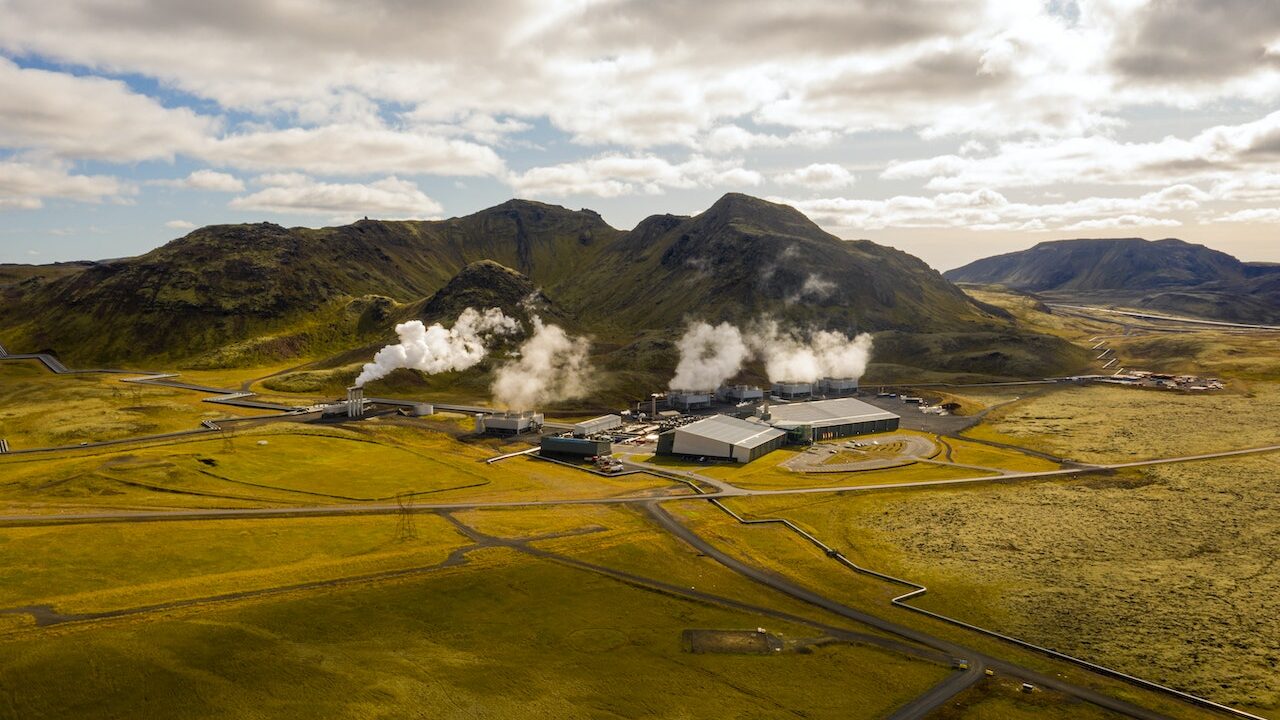Introduction:
In order to stop the devastating impacts of climate change, the world urgently has to cut greenhouse gas emissions. The primary contributor to global warming is the usage of fossil fuels for energy generation, making the switch to renewable energy sources urgently necessary. Utilizing renewable energy sources, such as wind, solar, and hydroelectric power, can help us meet our energy needs sustainably while also reducing carbon emissions. In this blog, we will explore the numerous benefits of renewable energy.

The Importance of Renewable Energy:
In order to tackle climate change, renewable energy sources including hydroelectricity, solar energy, and wind power are essential. Renewable energy sources do not release greenhouse gasses that contribute to global warming like fossil fuels do. Utilizing renewable energy can significantly lower carbon emissions, which is crucial for achieving the Paris Agreement’s objectives. The Paris Agreement seeks to pursue efforts to keep the temperature increase to 1.5 degrees Celsius and to keep global warming to far below 2 degrees Celsius over pre-industrial levels.
Benefits of Renewable Energy:
The use of renewable energy has many benefits, including:

1. Reduced Carbon Emissions
Environmentally harmful greenhouse gasses are not released by renewable energy sources. Carbon emissions must be greatly reduced in order to address climate change, and this may be done by using renewable energy.
2. Cost-Effective
Renewable energy sources are getting more and more economical. Wind and solar energy are now more cheap than ever thanks to huge price reductions. A sustainable answer to energy demands will be offered by renewable energy as it becomes more affordable and more widely available.
3. Job Creation
The switch to renewable energy sources may lead to job growth in the sector. The International Renewable Energy Agency (IRENA) estimates that 11.5 million people worldwide were engaged in the renewable energy industry in 2019. Growth in the renewable energy industry may lead to more employment openings and promote economic expansion.
4. Improved Air Quality
By lowering the emissions of dangerous pollutants, the usage of renewable energy sources can enhance air quality. The use of fossil fuels significantly contributes to air pollution, which can be harmful to human health. Utilizing renewable energy can enhance public health and air quality.
Types of Renewable Energy
There are several kinds of renewable energy, such as:
1. Wind Power

One of the most popular renewable energy sources is wind power. Utilizing the wind’s energy to produce electricity is known as a wind turbine. Wind energy produces clean electricity with no greenhouse gas emissions.
2. Solar Power
Another well-liked sustainable energy source is solar electricity. Solar energy is converted into useful power by solar panels, which produce electricity. Solar energy is becoming substantially more affordable, making it more available to people all over the world.

3. Hydroelectric Power
Utilizing the force of moving water allows for the production of hydroelectric power. A clean, renewable energy source that doesn’t release greenhouse gasses is hydroelectric electricity. In places where there are huge quantities of water, hydroelectric power is frequently employed to produce energy.

4. Geothermal Power
Geothermal energy is produced by using the earth’s internal heat. A clean, renewable energy source that doesn’t release greenhouse gasses is geothermal power. In locations with considerable geothermal activity, geothermal energy is frequently employed to produce electricity.

Challenges of Renewable Energy
Although there are many benefits to using renewable energy, there are some challenges to overcome. The following are some of the main problems with renewable energy:
1. Intermittency
Wind and solar energy are examples of renewable energy sources that are intermittent, meaning they don’t always provide power. The weather, which may be unpredictable, has an impact on how much energy solar and wind energy produce. By storing additional energy generated when the wind or sun are strong, batteries and other types of energy storage are being developed to address this issue.
2. Cost
Even though it requires a sizable upfront investment, renewable energy is getting more and more affordable. The expense of installing renewable energy machinery like wind turbines and solar panels can be a significant entry barrier for both individuals and businesses.
3. Infrastructure
Utilizing renewable energy sources like wind and solar power requires significant infrastructure investment. This includes the development of wind turbines, solar panels, and energy storage technologies. Building infrastructure may be incredibly challenging, especially in underdeveloped countries with little resources.
4. Public Perception
There is still a large number of people who are skeptical about renewable energy sources. This uncertainty could limit the widespread usage of renewable energy sources. Programmes for education and outreach can help with this problem and increase public awareness of the benefits of renewable energy.
Conclusion
In order to combat climate change, it is crucial to use renewable energy sources including hydroelectric, solar, and wind power. Utilizing renewable energy sources has the potential to significantly reduce carbon emissions, spur economic growth, and improve public health. Although there are many challenges with renewable energy, the benefits far outweigh the disadvantages. A switch to renewable energy sources is essential for achieving the Paris Agreement’s objectives and stopping the calamitous effects of climate change. We must continue to invest in renewable energy sources and work towards a sustainable future.




